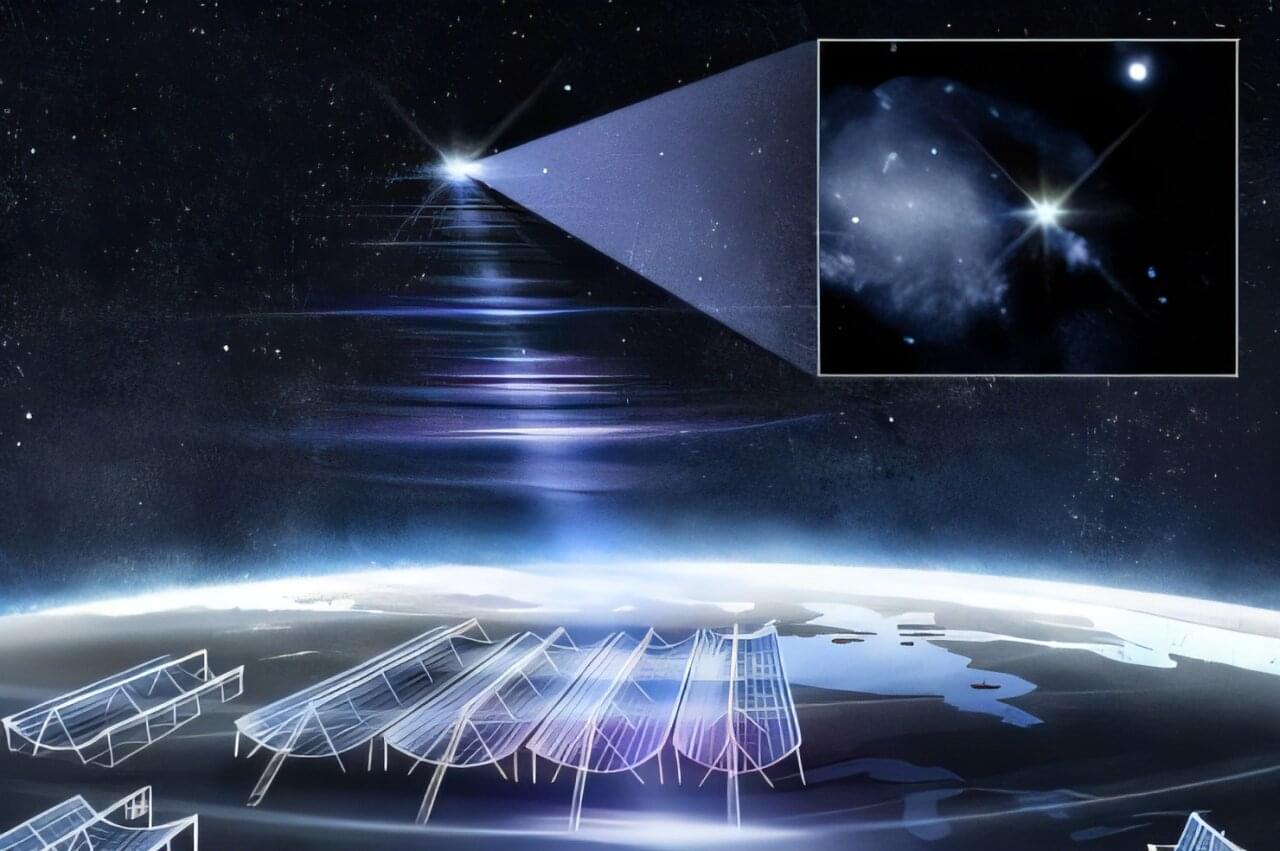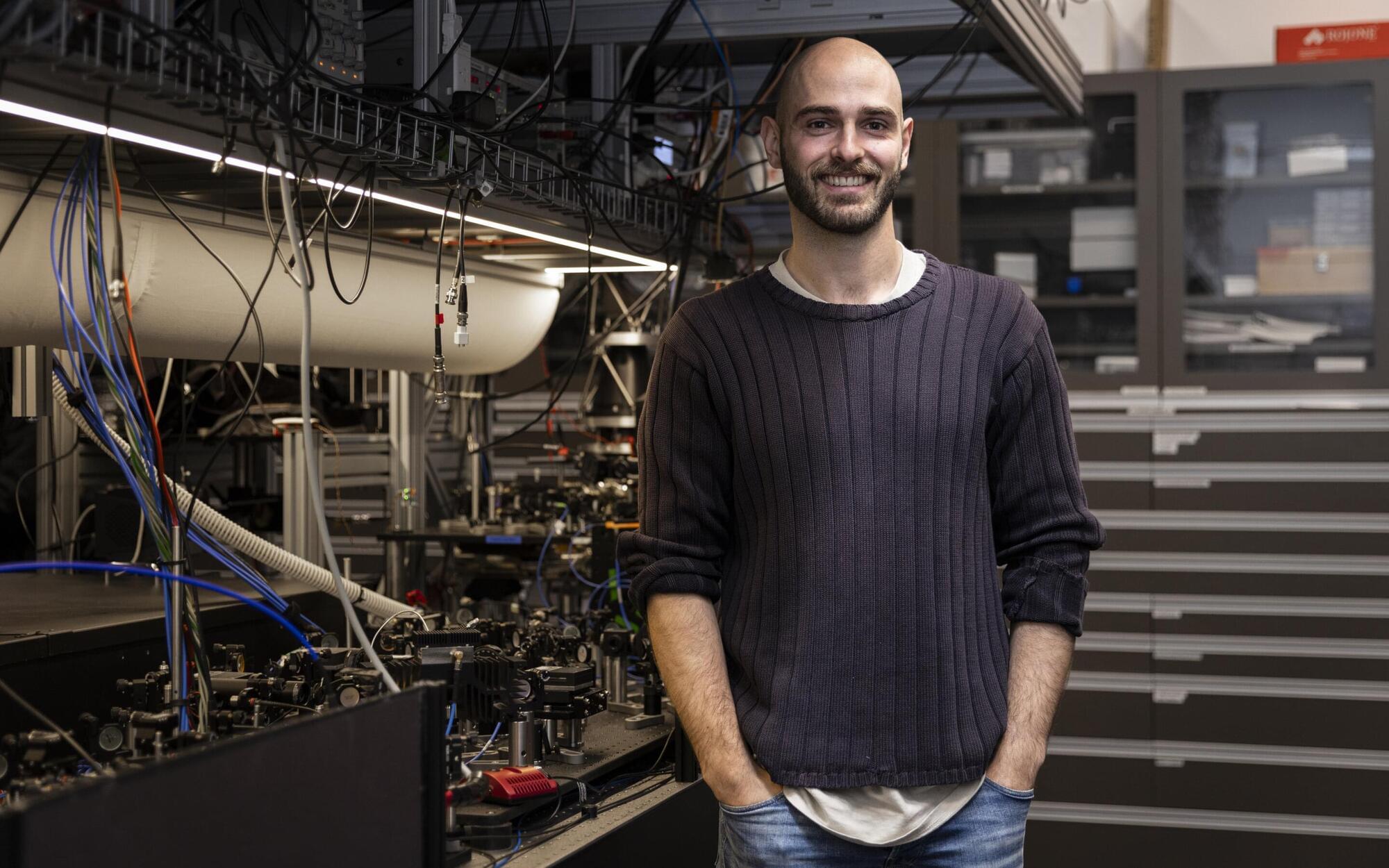Some memories are easy to recall—lush with detail, fresh as the moment itself. Others are more tenuous, like faded sketches, and the most stubborn ones can refuse to resurface at all. Why do our brains enshrine some memories so indelibly, and let others slip away?
A new Boston University study has a potential answer, suggesting that memories of mundane moments are given extra sticking power if they become connected to a significant event—something surprising, rewarding, or carrying an emotional punch. Watch your Powerball numbers cash in, for example, and you’re likely to remember what you were doing in the moments before, however unremarkable and unmemorable they might have otherwise been.
The findings, published in Science Advances, could potentially lead to improved treatments for people with memory problems or even help students retain tricky concepts.








